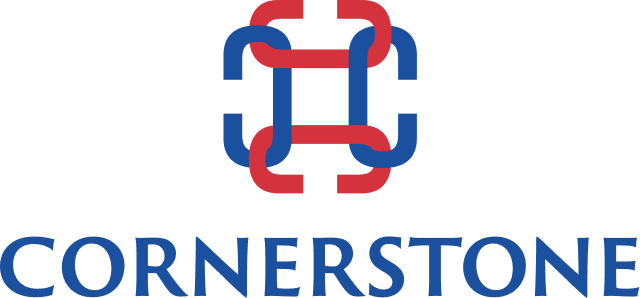A Wise Decision Trumps A Quick One
(Ed: Part 2 of a recent HBR article “Why a new leader should be wary of quick wins” by former CEO Dan Ciampa. Read Part One here )
In Thinking, Fast and Slow, the psychologist Daniel Kahneman explores the intricacies of judgment and argues that different tempos of decision making are better for different challenges. Fight/flight/freeze decisions must be intuitive and quick. But actions that are complex and require careful judgment must be made more slowly and deliberately.
In order to build coalitions, a new leader must recognize that a handoff at the top is unsettling for everyone. Employees wonder how expectations of them will change, and executives worry about the effect on their power bases. It takes months for a new leader to allay concerns and win loyalty — a reality even for a leader who is promoted from within and is therefore a known quantity.
Subordinates will follow a leader they can count on. Decisiveness is an important factor, but more important is wise judgment in the face of complex, important challenges. Followers want the leader to listen to their ideas and merge them with her own, and they want to see her handle difficult problems carefully. This requires controlling the action and slowing down the pace.
How to Slow Down in a High-Speed Job
There are a handful of techniques that allow the new leader to do this. They fall into five categories: control the flow, reflect, repeat, question, and use silence.
Control the flow. Because a new leader inherits their predecessor’s administrative system, the mismatch between the rhythm of the new office and their decision-making style can slow progress toward early successes. Managing the flow of information into your office and into your brain is critically important for the judgment required by the most important issues. That can happen much more quickly with a structural step: creating a senior aide position, such as a chief of staff, who is responsible for making sure the right information reaches you at the right time and in the right format.
Reflect. Controlling the flow should offer more time for reflection so that you can better grasp subtleties of relationships and the underlying meaning of information coming at you. It’s enormously helpful to have trusted advisers — both inside and outside — who are dedicated to your success and have expertise in areas important to your agenda. If there’s no one to talk with confidentially when you first take over, the next best option is to talk to yourself; that’s where keeping a personal journal comes in (see “The More Senior Your Job Title, the More You Need to Keep a Journal”).
The next three tactics help to control the pace of interactions.
Repeat. Even if you understand perfectly what has been said in a meeting or one-on-one discussion, repeat what you heard. Similarly, when you want to verify that you’ve been understood, ask the listener to repeat what you said. In addition to allowing confirmation of what is intended, repetition momentarily halts the discussion’s forward motion and gives you a chance to think about where you want to take the conversation next.
Question. From time to time, ask summing-up questions such as, “What did we just do?” “What just happened here?” and “What should we learn from that?” Questions such as these force a pause, preventing a discussion from rushing to a premature decision or blocking a group from coalescing around what may be the wrong conclusion. Unlike declarative statements, which only require listeners to be polite, questions require them to “go active” as they think of an answer and try to figure out why the boss is asking.
Use silence. A pause before responding has a double benefit. It offers the leader a chance to weigh alternatives and decide the best way to respond, and it pushes others to wonder what’s going through the leader’s mind, which may cause them to think more creatively.
All of these steps would have helped Greg immeasurably (in the first article,(LINK) new leader Greg moved fast but lost loyalty). They would have slowed the pace of his interactions and decisions so that he was more aware of how he was being perceived and so that he could have carefully assessed the consequences of his decisions. He would have elevated above the action to a position where he could have exercised better judgment. He would have been more likely to realize that how he achieved early successes was as important as achieving them. If he had slowed things down, Greg would be CEO today.
Dan Ciampa (DC@danciampa.com) is a former CEO, an adviser to boards and chief executives, and the author of five books, including Transitions at the Top: What Organizations Must Do to Make Sure New Leaders Succeed (with David L. Dotlich, Wiley, 2015) and Right from the Start: Taking Charge in a New Leadership Role (with Michael Watkins, Harvard Business Review Press, 1999).







